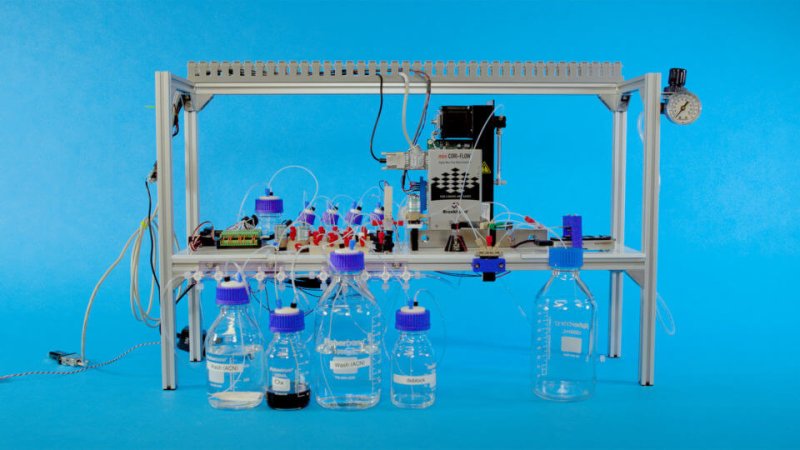Molecular Information Storage, or MIST – also known as DNA digital storage and several other names – is using biological DNA or other molecular polymers to encode information in much the same way we use semiconductor chips, magnetic tape, and optical discs. First conceived in the 1960s by Norbert Wiener – who suggested the notion of “genetic” memory for computers – and later realized by Catherine Clelland and colleagues in 1999 by storing messages in DNA microdots on paper, MIST has gained significant traction within the last five years.
…
In 2018, global data storage reached 33 zettabytes, up from 1 zettabyte in 2010. Triangulated base case forecasts suggest this could reach between 6-19 yottabytes by 2040.
…
MIST is the most practical long-term storage medium conceptually available when compared to new designs of existing mediums, new environments for computing, and alternative mediums, such as etched glass storage. The three-dimensional density of polymers, such as DNA, at the very least offers several logs improvement over today’s storage mediums. There are many exaggerated illustrations of this density, but such illustrations are directionally correct: for example, 100 million HD movies stored in DNA would take up as much space as a pencil eraser.
Read full, original post: The impending data storage crisis, and how DNA will fix it































